This article was co-authored by Danny Gordon. Danny Gordon is an American College of Sports Medicine (ACSM) Certified Personal Trainer and Owner of The Body Studio for Fitness, a fitness studio based in the San Francisco Bay Area. With over 20 years of physical training and teaching experience, he has focused his studio on semi-private personal training. Danny received his Personal Trainer Certification from the California State University, East Bay and the American College of Sports Medicine (ACSM).
There are 9 references cited in this article, which can be found at the bottom of the page.
wikiHow marks an article as reader-approved once it receives enough positive feedback. This article received 16 testimonials and 91% of readers who voted found it helpful, earning it our reader-approved status.
This article has been viewed 410,200 times.
Having a strong, healthy body helps fight illnesses, reduces the risk of injuries, increases your performance when doing physical activities, and so much more. It even helps reduce stress and anxiety and can improve your mental health. With the right diet and exercise, pretty much anyone can make their body stronger and healthier — that includes you! Follow the tips on this list to start building a better, more resilient you today.
Steps
Expert Q&A
-
QuestionHow can I make my body strong at home?
 Danny GordonDanny Gordon is an American College of Sports Medicine (ACSM) Certified Personal Trainer and Owner of The Body Studio for Fitness, a fitness studio based in the San Francisco Bay Area. With over 20 years of physical training and teaching experience, he has focused his studio on semi-private personal training. Danny received his Personal Trainer Certification from the California State University, East Bay and the American College of Sports Medicine (ACSM).
Danny GordonDanny Gordon is an American College of Sports Medicine (ACSM) Certified Personal Trainer and Owner of The Body Studio for Fitness, a fitness studio based in the San Francisco Bay Area. With over 20 years of physical training and teaching experience, he has focused his studio on semi-private personal training. Danny received his Personal Trainer Certification from the California State University, East Bay and the American College of Sports Medicine (ACSM).
Certified Personal Trainer There's no reason you can't get strong at home! Calisthenics are a great way to bulk up. Push-ups, pull-ups, and crunches are all relatively simple exercises that don't require equipment. Besides, if you do want to pump some iron, you can always buy some dumbbells or barbells to work out at home.
There's no reason you can't get strong at home! Calisthenics are a great way to bulk up. Push-ups, pull-ups, and crunches are all relatively simple exercises that don't require equipment. Besides, if you do want to pump some iron, you can always buy some dumbbells or barbells to work out at home. -
QuestionWhat's the best diet if I want to increase my overall muscle mass?
 Danny GordonDanny Gordon is an American College of Sports Medicine (ACSM) Certified Personal Trainer and Owner of The Body Studio for Fitness, a fitness studio based in the San Francisco Bay Area. With over 20 years of physical training and teaching experience, he has focused his studio on semi-private personal training. Danny received his Personal Trainer Certification from the California State University, East Bay and the American College of Sports Medicine (ACSM).
Danny GordonDanny Gordon is an American College of Sports Medicine (ACSM) Certified Personal Trainer and Owner of The Body Studio for Fitness, a fitness studio based in the San Francisco Bay Area. With over 20 years of physical training and teaching experience, he has focused his studio on semi-private personal training. Danny received his Personal Trainer Certification from the California State University, East Bay and the American College of Sports Medicine (ACSM).
Certified Personal Trainer A low fat diet is going to be your best possible option. Opt for lean proteins, vegetables, whole grains, and healthy oils. You also want to make sure that you're tracking your carbohydrates. You need plenty of energy for your exercise routine, while not overdoing it.
A low fat diet is going to be your best possible option. Opt for lean proteins, vegetables, whole grains, and healthy oils. You also want to make sure that you're tracking your carbohydrates. You need plenty of energy for your exercise routine, while not overdoing it. -
QuestionHow can I get muscles?
 Michele DolanMichele Dolan is a BCRPA certified Personal Trainer in British Columbia. She has been a personal trainer and fitness instructor since 2002.
Michele DolanMichele Dolan is a BCRPA certified Personal Trainer in British Columbia. She has been a personal trainer and fitness instructor since 2002.
Certified Fitness Trainer Try push ups, chin ups, squats lunges and situps for a start. Consider weight lifting or other ways to build muscle.
Try push ups, chin ups, squats lunges and situps for a start. Consider weight lifting or other ways to build muscle.
References
- ↑ https://www.mayoclinic.org/healthy-lifestyle/nutrition-and-healthy-eating/in-depth/water/art-20044256
- ↑ https://www.nlm.nih.gov/medlineplus/ency/patientinstructions/000330.htm
- ↑ Danny Gordon. Certified Personal Trainer. Expert Interview. 18 October 2019.
- ↑ https://www.nlm.nih.gov/medlineplus/ency/patientinstructions/000330.htm
- ↑ https://www.nlm.nih.gov/medlineplus/ency/patientinstructions/000330.htm
- ↑ https://www.nlm.nih.gov/medlineplus/ency/patientinstructions/000330.htm
- ↑ https://www.nhs.uk/live-well/healthy-body/food-for-strong-bones/
- ↑ https://www.mayoclinic.org/healthy-lifestyle/adult-health/in-depth/bone-health/art-20045060
- ↑ http://www.cnn.com/2015/12/21/health/ten-thousand-steps-better-health/
- ↑ https://www.helpguide.org/articles/healthy-living/what-are-the-best-exercises-for-me.htm
- ↑ https://www.helpguide.org/articles/healthy-living/what-are-the-best-exercises-for-me.htm
- ↑ http://www.osteopathic.org/osteopathic-health/about-your-health/health-conditions-library/general-health/Pages/yoga.aspx
- ↑ https://www.helpguide.org/articles/healthy-living/what-are-the-best-exercises-for-me.htm
- ↑ https://www.mayoclinic.org/diseases-conditions/insomnia/expert-answers/lack-of-sleep/faq-20057757
About This Article
To become strong and healthy, eat a balanced diet that includes lean proteins, leafy greens, and whole grains. Make an exercise schedule, and plan to work out at about the same time each day or week. Start your exercise regimen slowly and alternate between cardiovascular activities, like jogging, and flexibility exercises, like yoga. Each day, aim to walk at least 10,000 steps by parking farther away from stores, taking the stairs, and going for frequent walks. For more tips from our Personal Trainer reviewer on which foods to eat and which to avoid, read on!
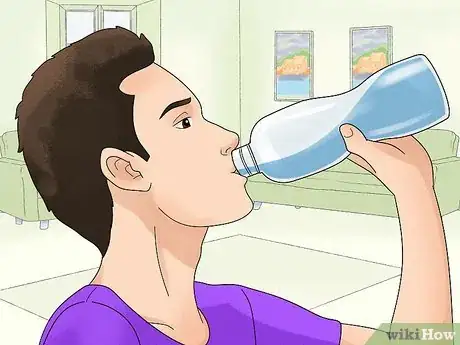
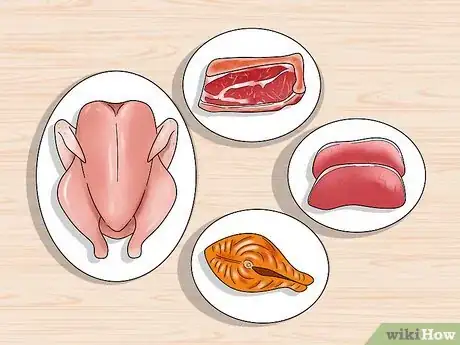

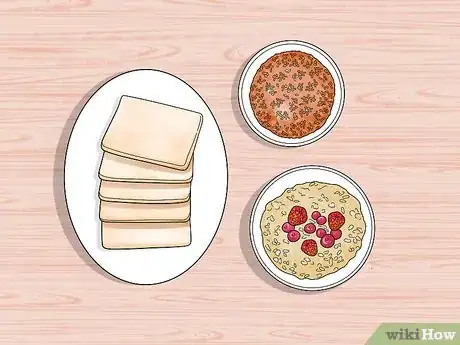

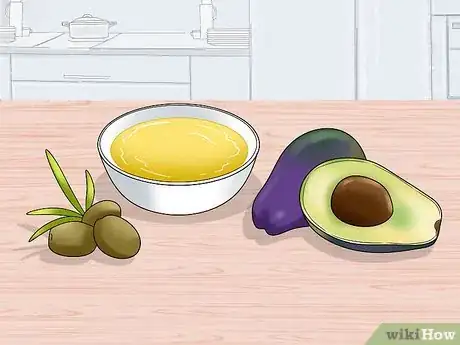
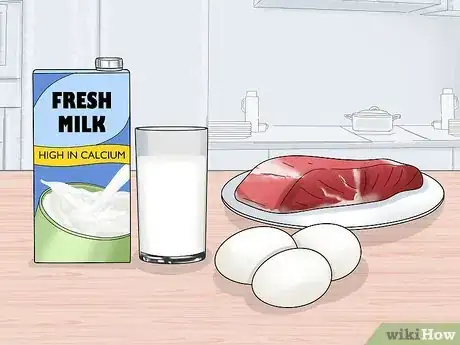

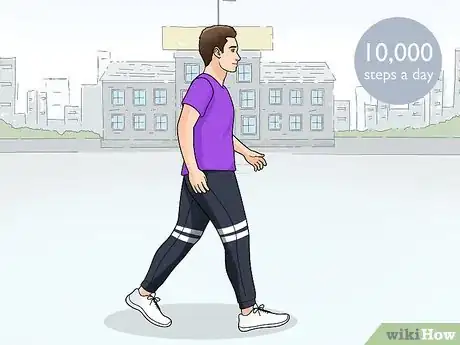
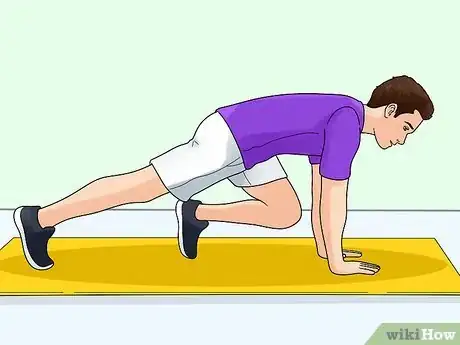
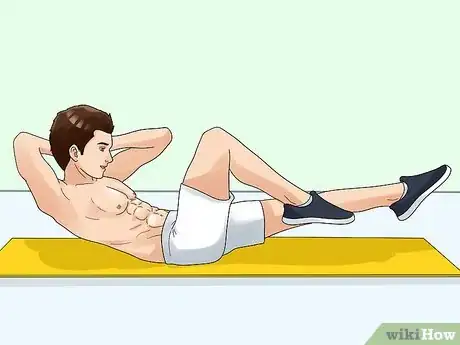
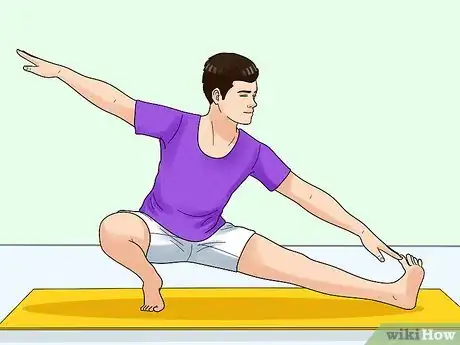

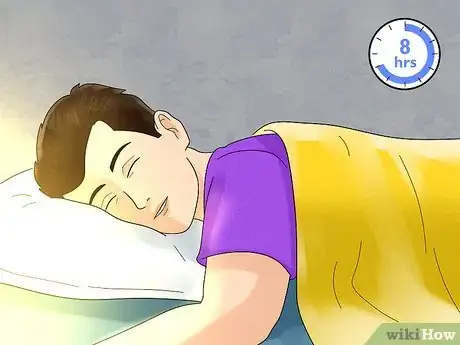


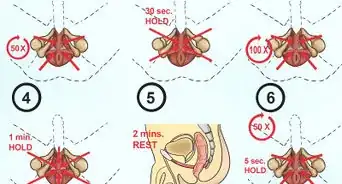


-Step-24.webp)













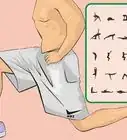




































Medical Disclaimer
The content of this article is not intended to be a substitute for professional medical advice, examination, diagnosis, or treatment. You should always contact your doctor or other qualified healthcare professional before starting, changing, or stopping any kind of health treatment.
Read More...